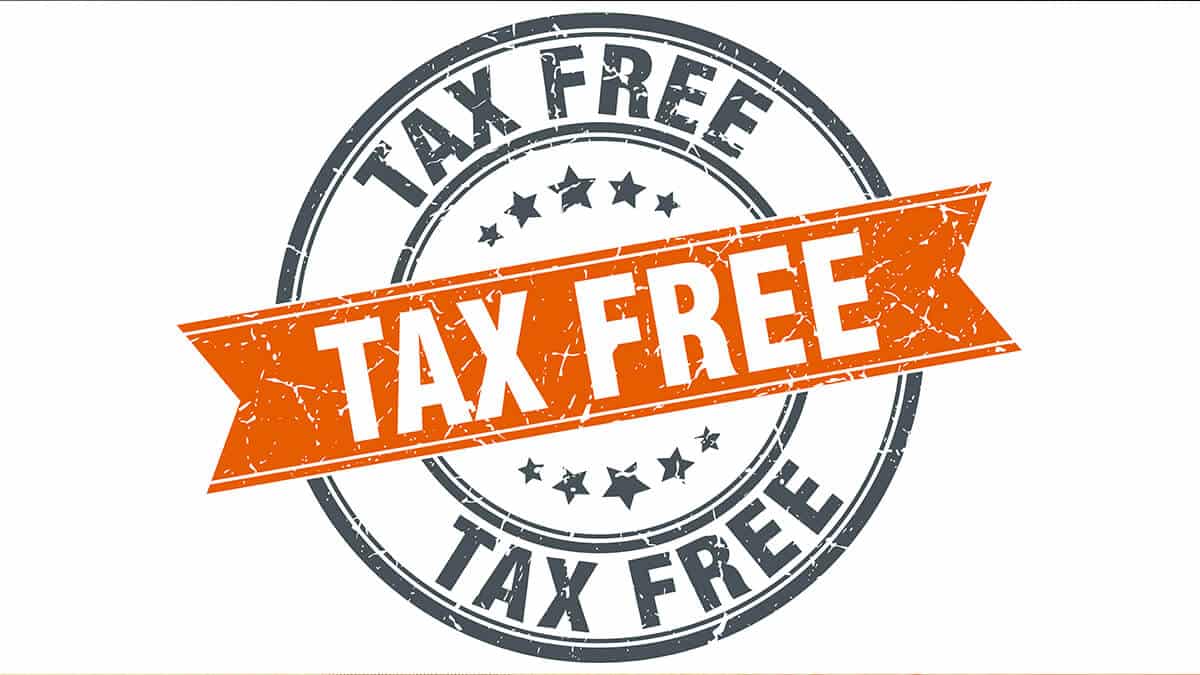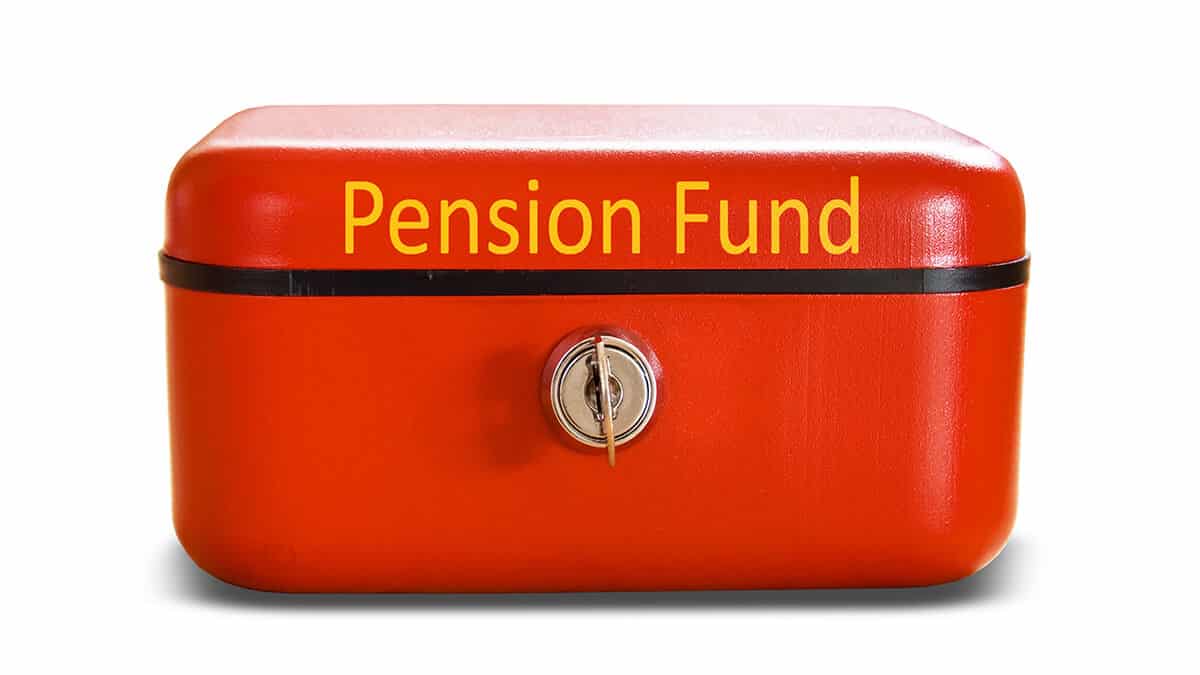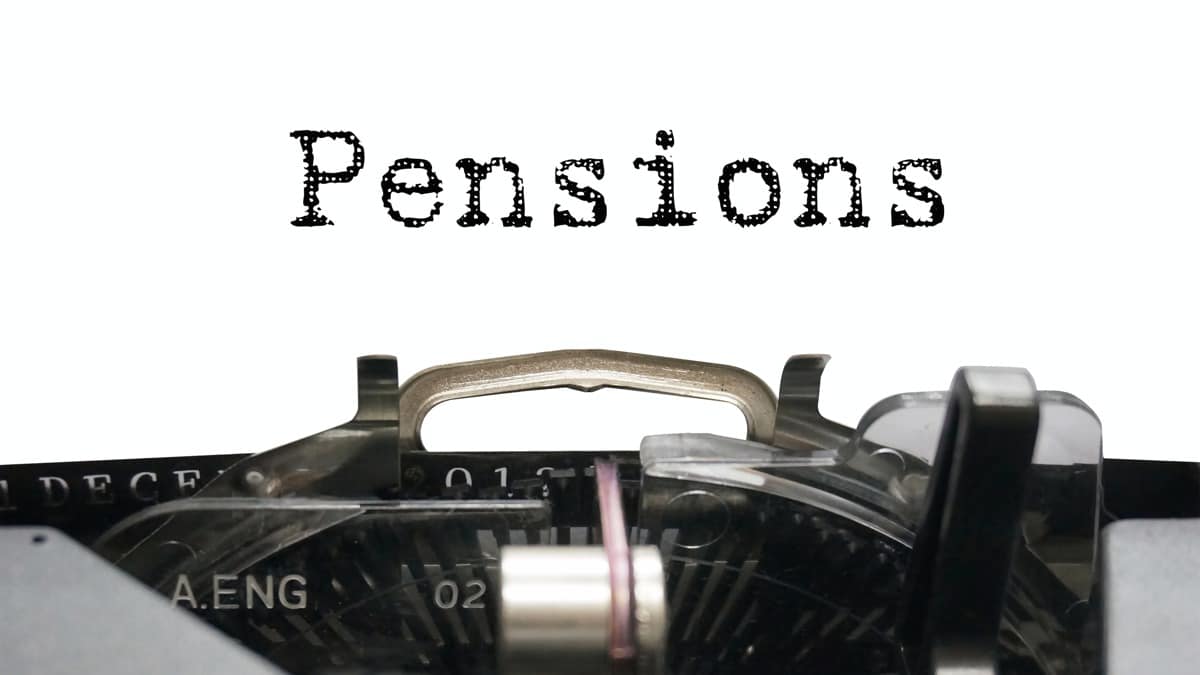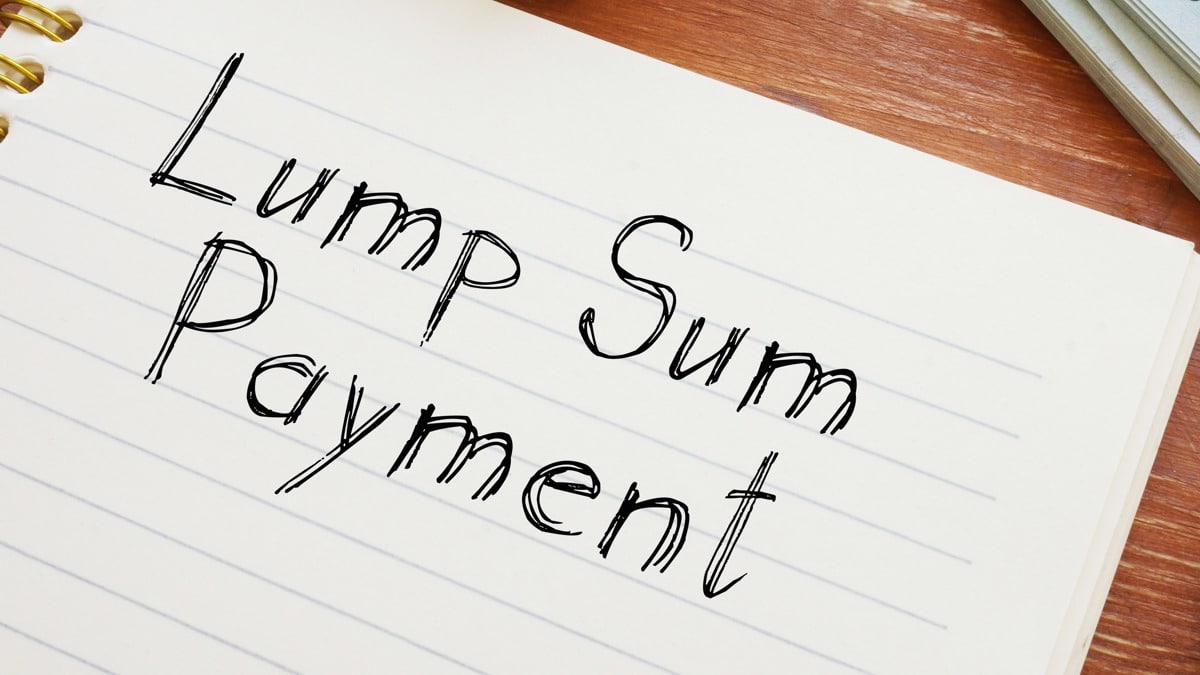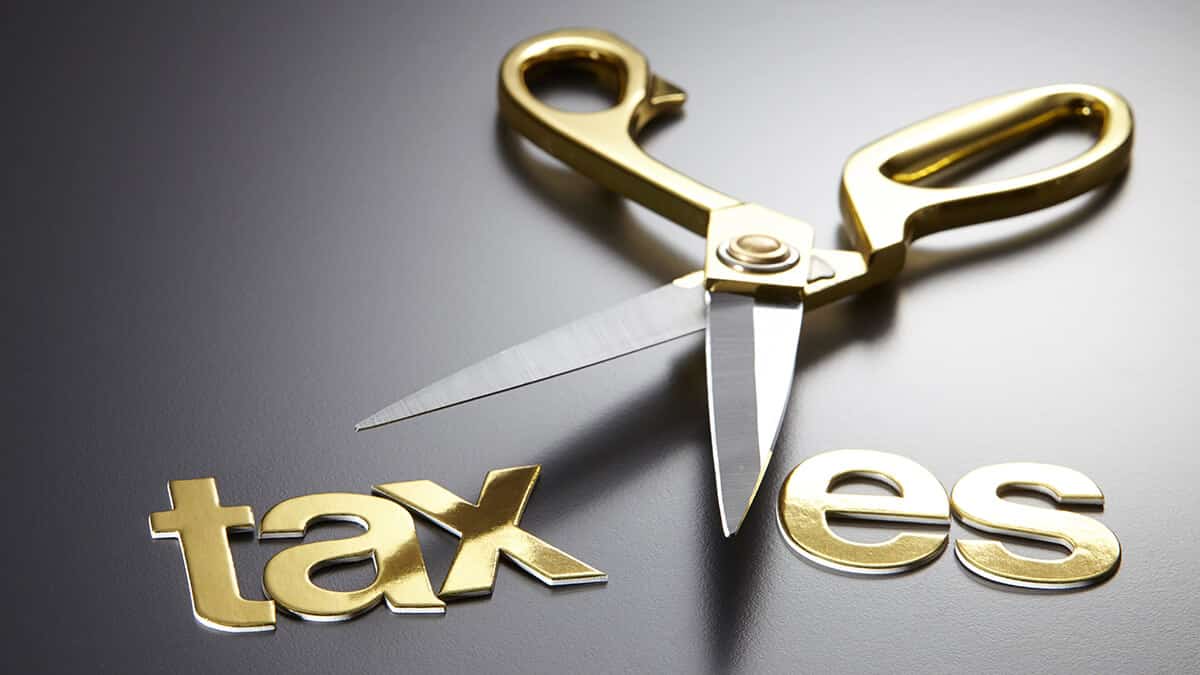If your self-managed super fund (SMSF) is paying a pension, you might be able to take advantage of allowances made for the income earned on assets supporting that pension under the exempt current pension income (ECPI) rules.
As income earned on assets in retirement phase is tax free, ECPI can be used to offset other taxable income in the fund or to reduce the total tax liability of an SMSF. If there is only one member in an SMSF and that member is in retirement phase for the whole financial year, all income earned on assets will be tax free, provided there is no non-arm’s length income (NALI).
The rules
If you are paying a pension from your SMSF you may be eligible to claim ECPI. That income stream must meet the ATO’s requirements to be considered a pension by the regulator. Those requirements are that a payment is made at least annually and that the pension meets the minimum pension requirements as set out in the table below.
Note: The federal government has halved the minimum pension drawdown rates for the 2019–20, 2020–21, 2021–22 and 2022–23 financial years. The rates below show the temporary rates for 2019–20 to 2022–23 and the normal rates for preceding years.
| Age of beneficiary | Temporary percentage factor (2019–20 to 2022–23) | Normal percentage factor (2013–14 to 2018–19 and from 2023–24) |
|---|---|---|
| Under 65 | 2% | 4% |
| 65 to 74 | 2.5% | 5% |
| 75 to 79 | 3% | 6% |
| 80 to 84 | 3.5% | 7% |
| 85 to 89 | 4.5% | 9% |
| 90 to 94 | 5.5% | 11% |
| 95 or more | 7% | 14% |
ECPI is claimed in an SMSF’s annual tax return.
How you calculate ECPI will depend whether your assets are segregated or not. For segregated assets, all income earned on assets supporting the pension will be considered ECPI.
The ATO uses the following definition for segregated assets:
Assets of a complying fund are segregated current pension assets if the assets are identified as supporting retirement-phase income streams and the sole purpose of these assets is to pay retirement-phase income streams.
Assets supporting the pension must be valued at market value. However, if the value of the assets supporting the pension is more than the sum of the account balances of the SMSF’s income streams, the ATO says those assets cannot be segregated current pension assets “to the extent they exceed the account balances”.
For non-segregated assets, the proportionate method of calculating ECPI must be used.
SMSF assets that need to use the proportionate method for ECPI are those where the assets for accumulation members and retirement-phase members are mixed and there is no distinction discernible to members as to which assets belong to which phase.
In such cases an actuary is required to proportion ECPI for each phase and this will usually be the proportion of the SMSF’s total account balances that are retirement-phase income streams and averaged across the year. Funds that use the proportionate method to calculate ECPI are also required to obtain an actuarial certificate each year when claiming ECPI in their annual tax return.
Changes to calculating ECPI were introduced as part of the Treasury Laws Amendment (Enhancing Superannuation Outcomes for Australians and Helping Australian Businesses Invest) Bill 2021. The legislation came into force on 1 April 2022 but will apply to assessments for the 2021–22 financial year.
The ATO says that super trustees that hold all fund assets in retirement phase for part but not all the income year, can now use the proportionate method for calculating ECPI.
Previously, a fund that was completely in retirement phase at any point in a financial year was required to use the segregated method and may have needed to change the method used midway through a financial year if it was using the proportionate method to start with.
However, an SMSF is still required to use the proportionate method if there are ‘disregarded small fund assets’ and it is in accumulation phase and retirement phase at the same time. A fund has ‘disregarded small fund assets’ when an SMSF has at least one retirement-phase income stream and a fund member has a total super balance of more than $1.6 million immediately before the income year begins, and that member is receiving a retirement-phase income stream from either the SMSF or another source.
